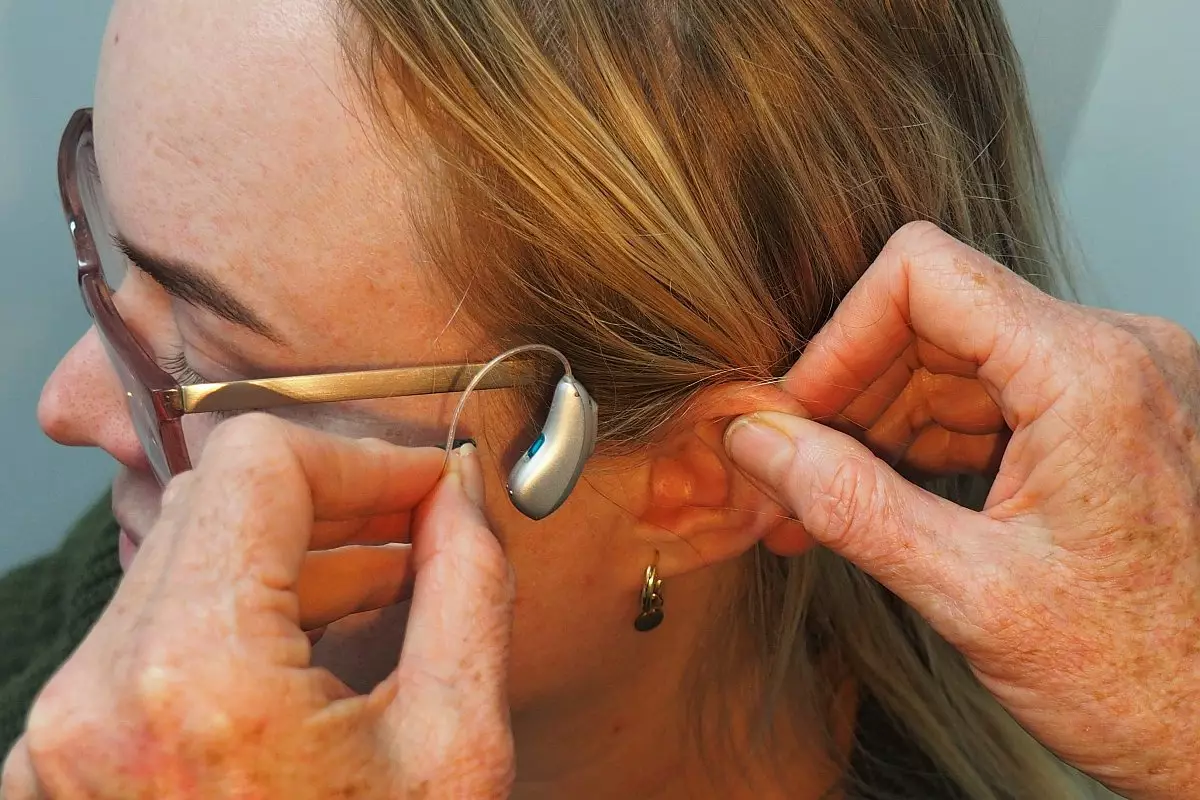In a landmark decision aimed at improving the quality of life for millions of Americans, the Federal Communications Commission (FCC) has formally adopted new regulations that mandate full compatibility of mobile phones with hearing aids. This movement comes as a response to the needs of an estimated 48 million individuals suffering from varying degrees of hearing loss in the United States. By selecting to enforce these rules, the FCC is not merely addressing an oversight but is making a substantial commitment to inclusivity and accessibility in telecommunications.
Under the new regulations instituted by the FCC, all mobile handsets must achieve a 100 percent compatibility rate with hearing aids. This requirement significantly escalates the previous benchmark of 85 percent compliance which was in place last year. Additionally, the ruling incorporates cochlear implants within its definition of hearing aids, thereby broadening the spectrum of devices that manufacturers must consider. While the FCC has indicated a transition period for smartphone manufacturers to adapt to these new standards, it conspicuously refrained from providing a definitive deadline. This ambiguity raises questions about the timeline for compliance and the processes manufacturers must implement to meet these new regulations.
The FCC’s decision was not made in isolation; it followed extensive collaboration with an independent organization known as the Hearing Aid Compatibility (HAC) Task Force. This task force consisted of a diverse group of stakeholders, including smartphone manufacturers, academic research institutions, wireless service providers, and affected individuals. The collaborative nature of this effort underscores the FCC’s commitment to developing a solution that effectively addresses the complex needs of hearing-impaired consumers and reflects a shared responsibility towards accessibility in technology.
Some leading smartphone manufacturers have already been proactive in aligning their products with hearing aid compatibility standards. Notable brands such as Apple and Google have confirmed that their latest smartphone models, starting from the iPhone 6 to the newly launched iPhone 16 and the entire Pixel series, are compliant. Samsung, while not entirely ubiquitous, has made commendable strides with many of its recent Galaxy S and Galaxy Z series models. This early compliance suggests a growing market awareness and acknowledgment of the necessity for accessibility features in consumer technology.
The regulatory framework also introduces new Bluetooth requirements aimed at enhancing connectivity between smartphones and hearing aids. By requiring manufacturers to abandon proprietary standards in favor of more universal connections, the FCC is facilitating an environment in which consumers can enjoy greater ease of use and functionality. This innovative leap forward is crucial, as it not only aims to improve accessibility but also seeks to enhance the overall user experience for all mobile phone consumers, regardless of their hearing ability.
A key aspect of the FCC’s new rules involves the expectation that manufacturers will provide clear and detailed information about their products. This includes compatibility details with hearing aids, adherence to the new coupling requirements, and information on the devices’ conversational gain—essentially how much a user can amplify sound without distorting it. Improving consumer transparency in this manner empowers potential buyers to make informed choices about which devices best suit their needs, fostering a sense of trust and responsibility between manufacturers and consumers.
The FCC’s decision marks a significant progression toward making technology more inclusive, echoing a societal shift in how we perceive accessibility. By compelling all mobile handsets to comply with these new standards, the agency is setting a precedent that prioritizes the needs of hearing-impaired individuals. This bold regulatory move not only addresses existing gaps in the technology landscape but also lays the foundation for ongoing improvements in accessibility, ensuring that no one is left behind in an increasingly digital world. As we move forward, it is vital that both consumers and manufacturers remain engaged in this conversation, driving further innovations to make our communication methods accessible for all.


Leave a Reply